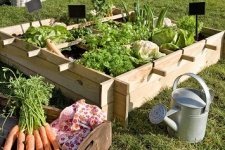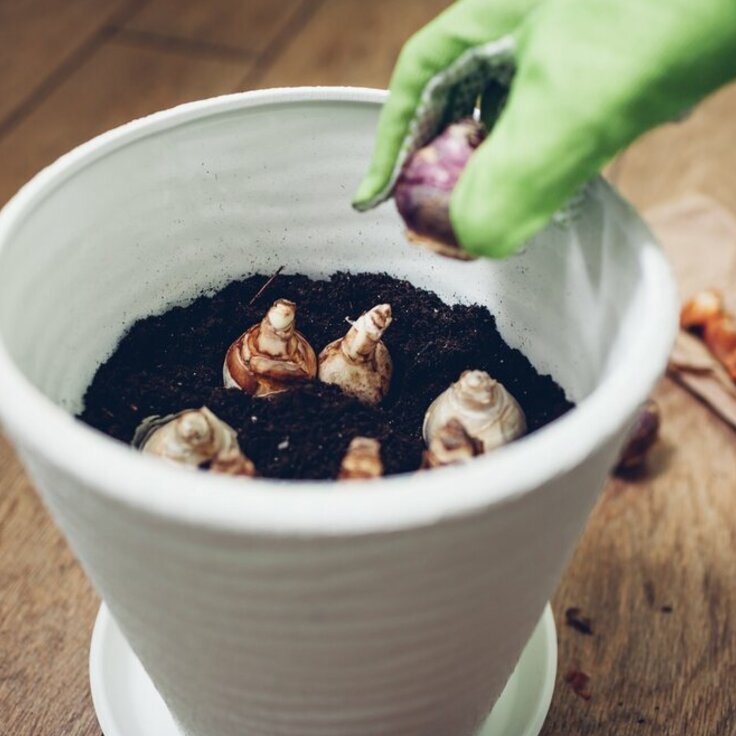Why hydroponic farming is the agriculture of future
If you’ve been a Star Trek fan, you might remember many different Enterprise ships having their own hydroponics bay which were used to grow vegetables and fruits for the esteemed crew of the ship. Even in Star Trek Voyager, when food rations start depleting faster than anticipated, Kes puts together a hydroponics garden in Cargo Bay 2. Hydroponics Farming is longer a sci-fi fantasy. Back in 1940, Earth’s population was 2.3 billion. Today, it is nearing 7.5 billion!
With finite fertile land and Earth’s population increasing at a remarkably rapid rate with no stop in sight, it’s about time we ask ourselves the inevitable question: How do we produce enough food to sustain humanity? Neo-Malthusians believe that we will soon surpass earth’s carrying capacity. Thomas Malthus argued that the human populations will only tend to increase exponentially while food production is plentiful, and there will come a time when the food demand of the growing human population will exceed Earth’s carrying capacity. Scary stuff indeed. But Hydroponic Farming may just be the answer.
What exactly is Hydroponic farming and how does it work?
Hydroponic farming is a way to grow crops without soil. They are instead grown on solutions that are rich in nutrients in order to deliver minerals and water to the roots. Hydroponic farming has proved itself to be significantly fruitful. With higher yields and the potential to grow plants in habitats that wouldn’t normally sustain them, hydroponic farming is establishing itself as the agriculture of the future.
Unlike traditional agriculture where the soil supports the plants' root, maintaining its upright firmness whilst providing essential nutrients to the plants to grow, Hydroponics takes on a smarter approach. The plants in hydroponic systems are supported artificially and provided a solution of ionic compounds that contain essential nutrients. The composition of the solution can be varied and optimized by the farmer to ensure optimal plant growth. There are a number of ways to deliver the solution to the plants. Either plant could be placed in an inert substance, with their roots being periodically flooded with the nutrient-rich solution, or a dripper, dispensing the solution, could rain it on them. Additionally, the plants could be suspended with their roots exposed to the air, which may then be sprayed on with the solution mist at regular intervals.
Japan and Israel are already using hydroponic farming
With the decline in arable land due to poor land management and skyrocketing populations, developing countries have taken it upon themselves to resolve the problem of food production with hydroponic farming. Japan is already producing a sizable portion of their rice through hydroponic farming. They use underground vaults, and a controlled environment, to harvest rice. In fact, there are four cycles of harvest for hydroponic rice in contrast with a single cycle per year with traditional farming techniques.
Israel has also taken up hydroponics to overcome their dry, arid climate. Private companies including Organitech are growing cherries, bananas and various citrus fruits. Israel now produces a yield that is 1000 times greater than an equal area of land could produce through traditional farming. Interestingly, the entire process is automated using controlled robots! Hydroponic farming holds great potential for third world countries with scarce water resources.








